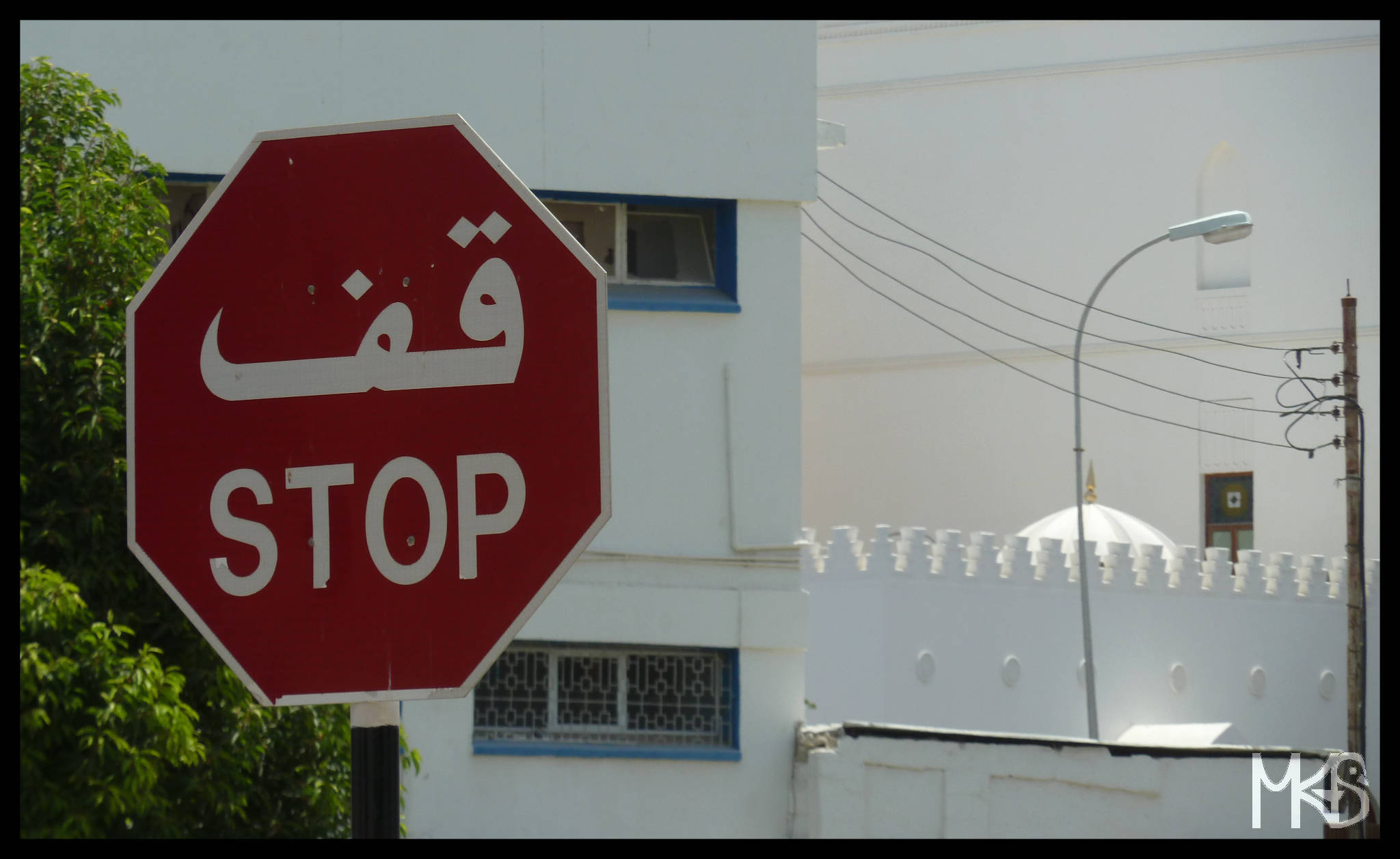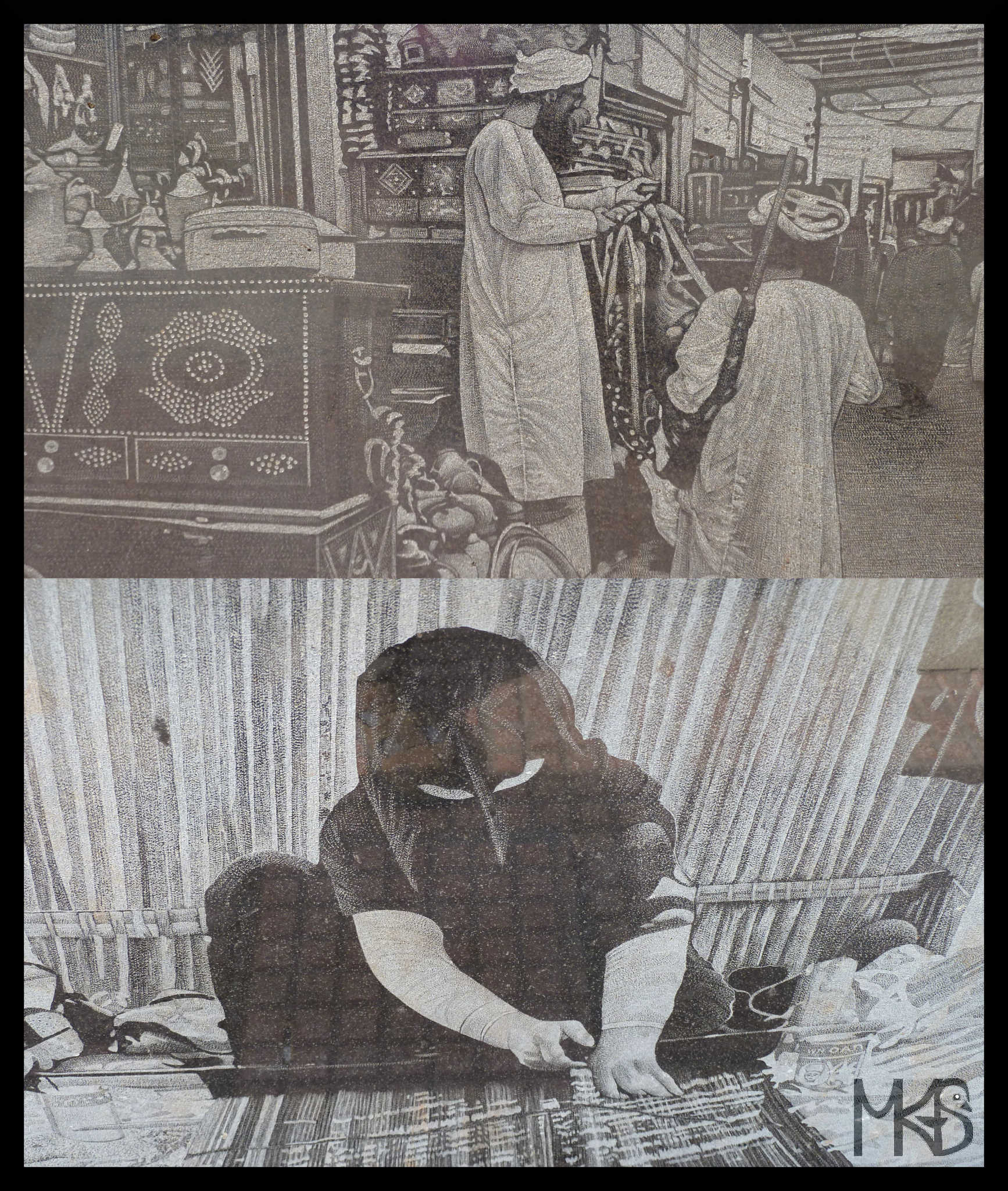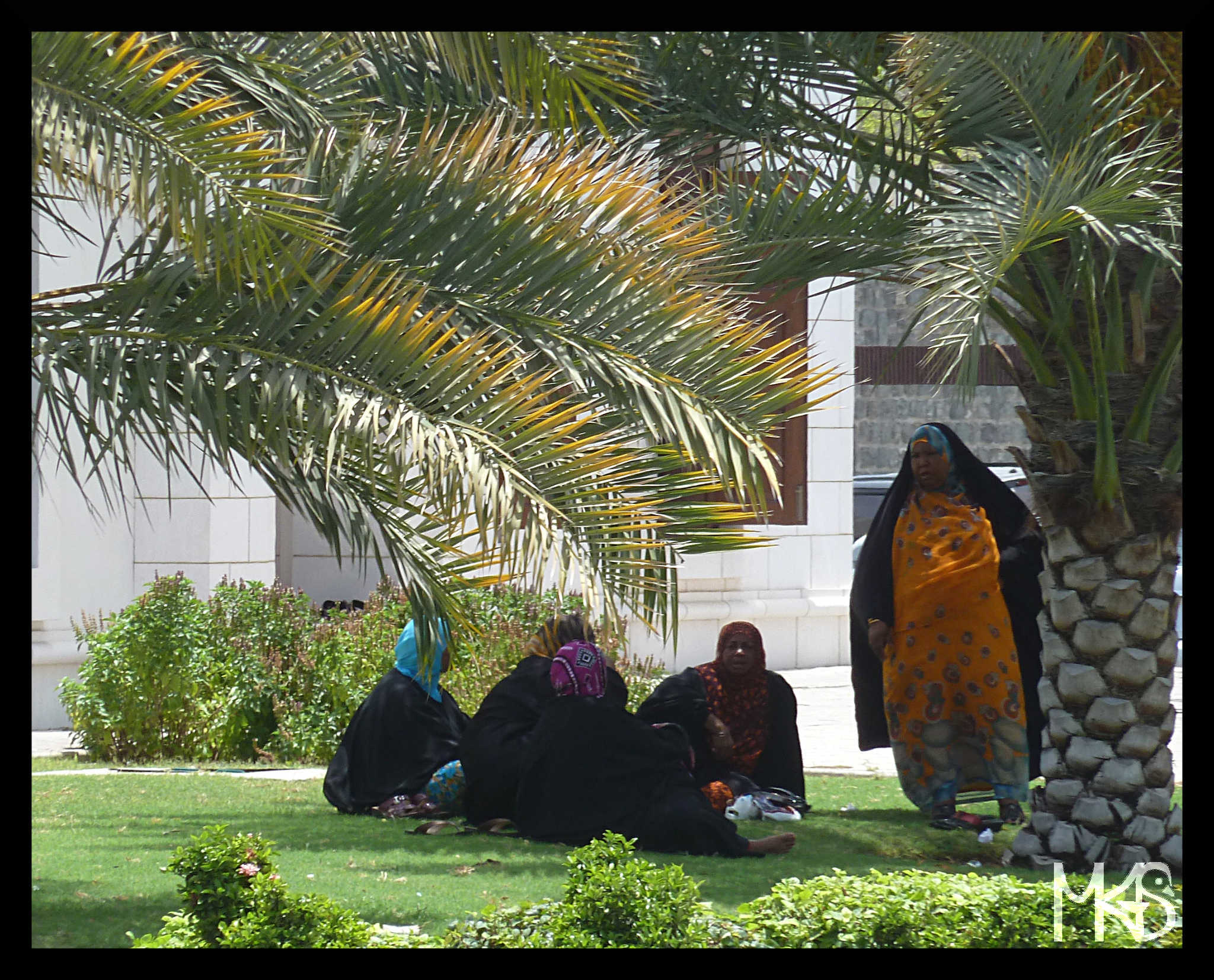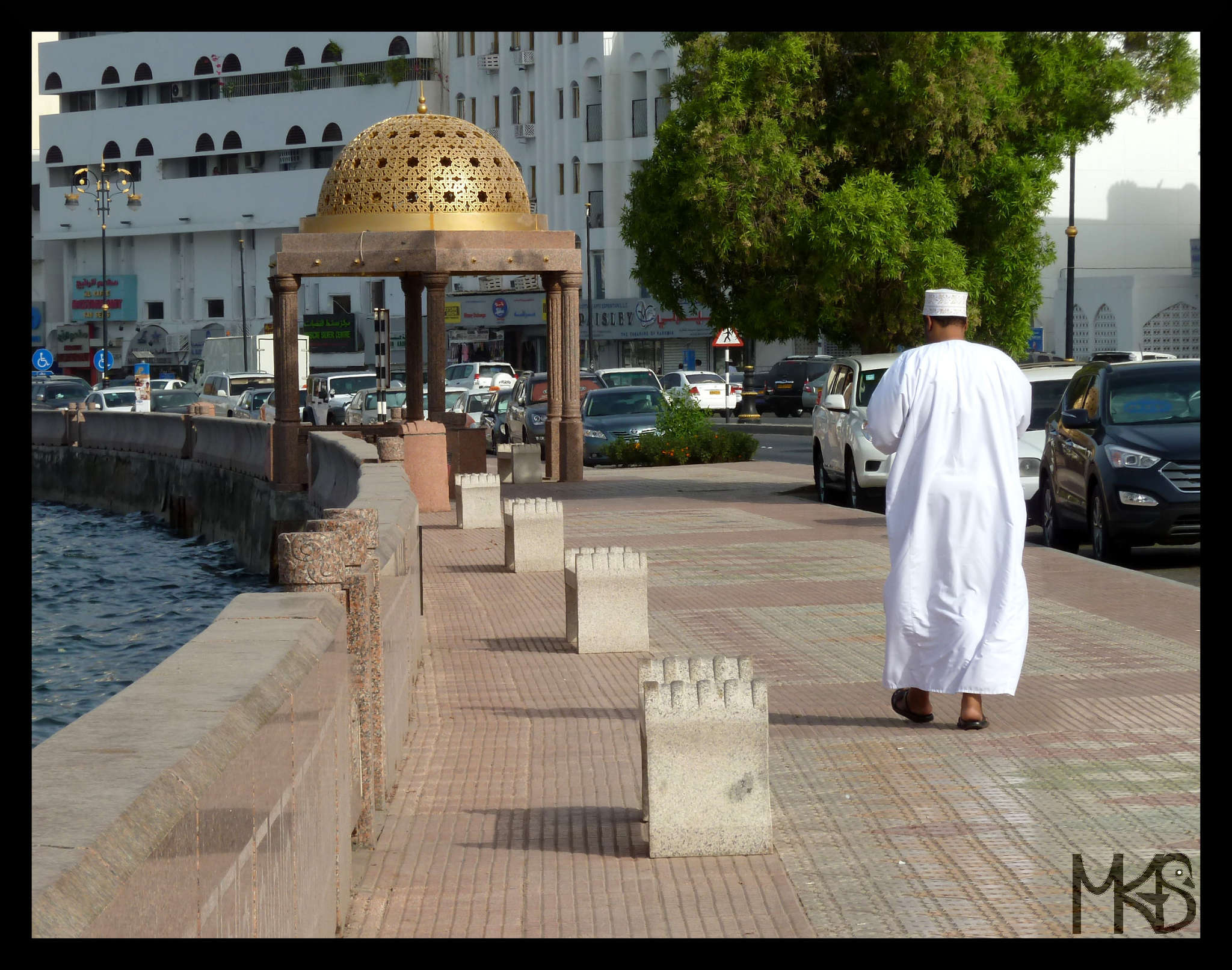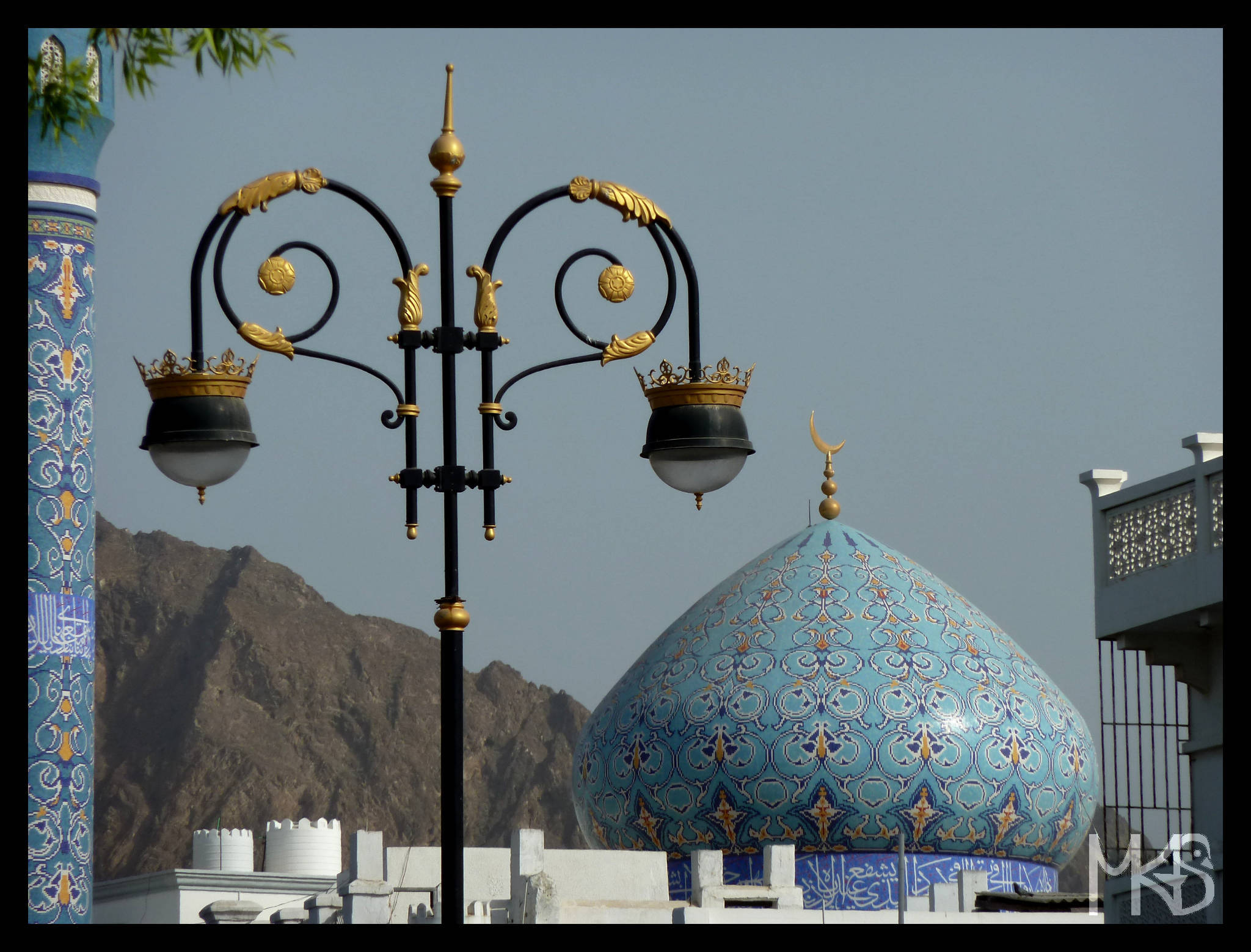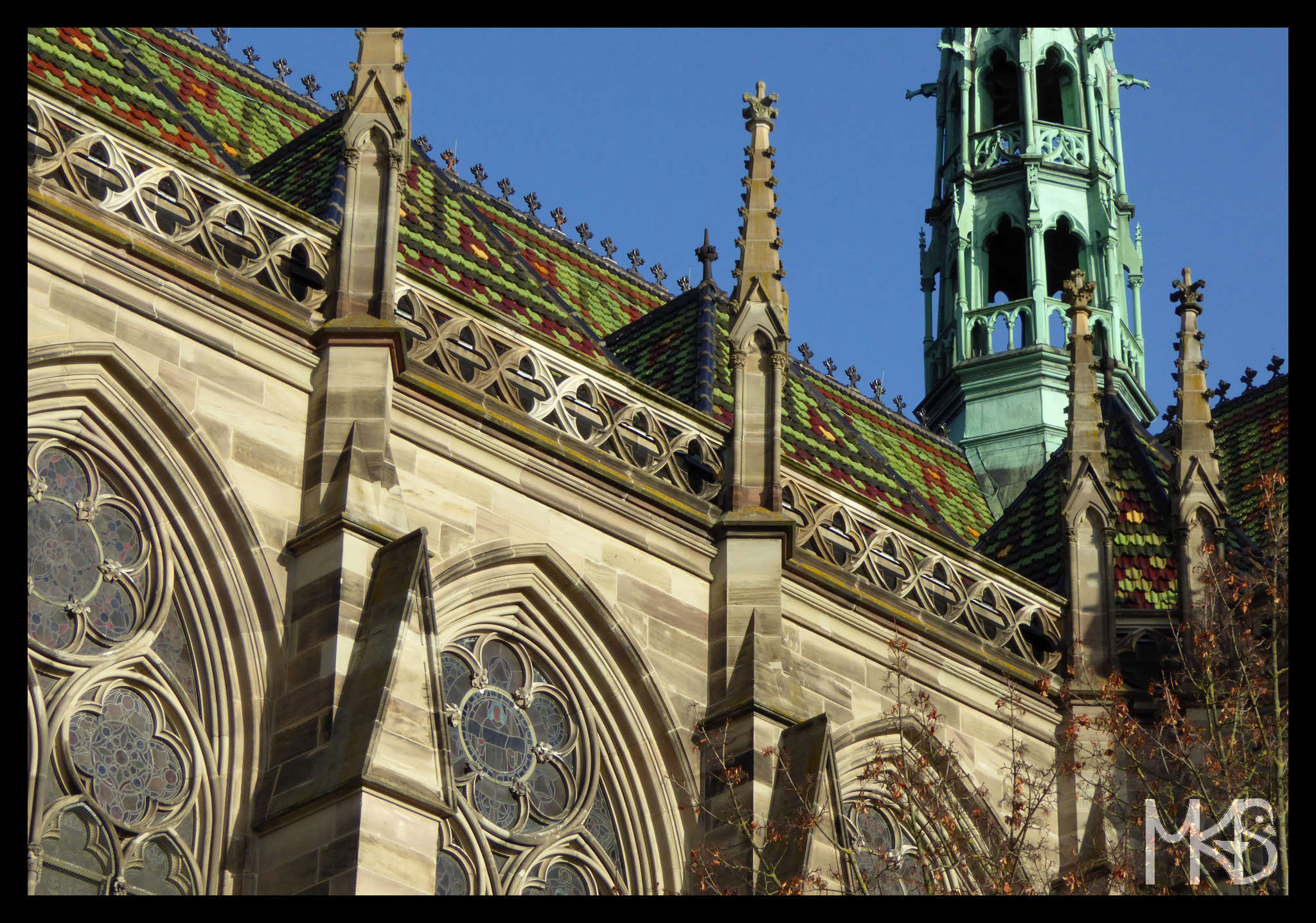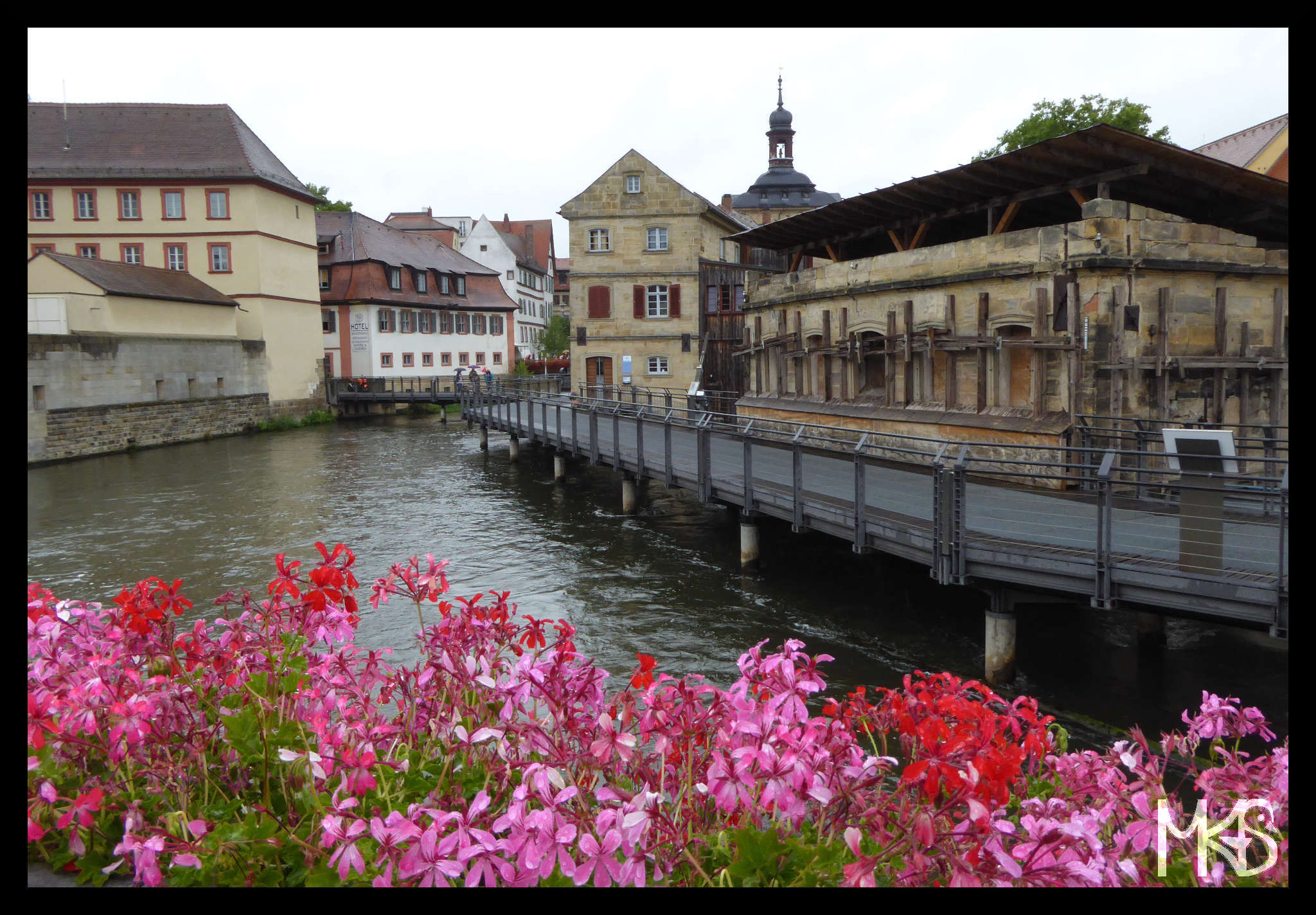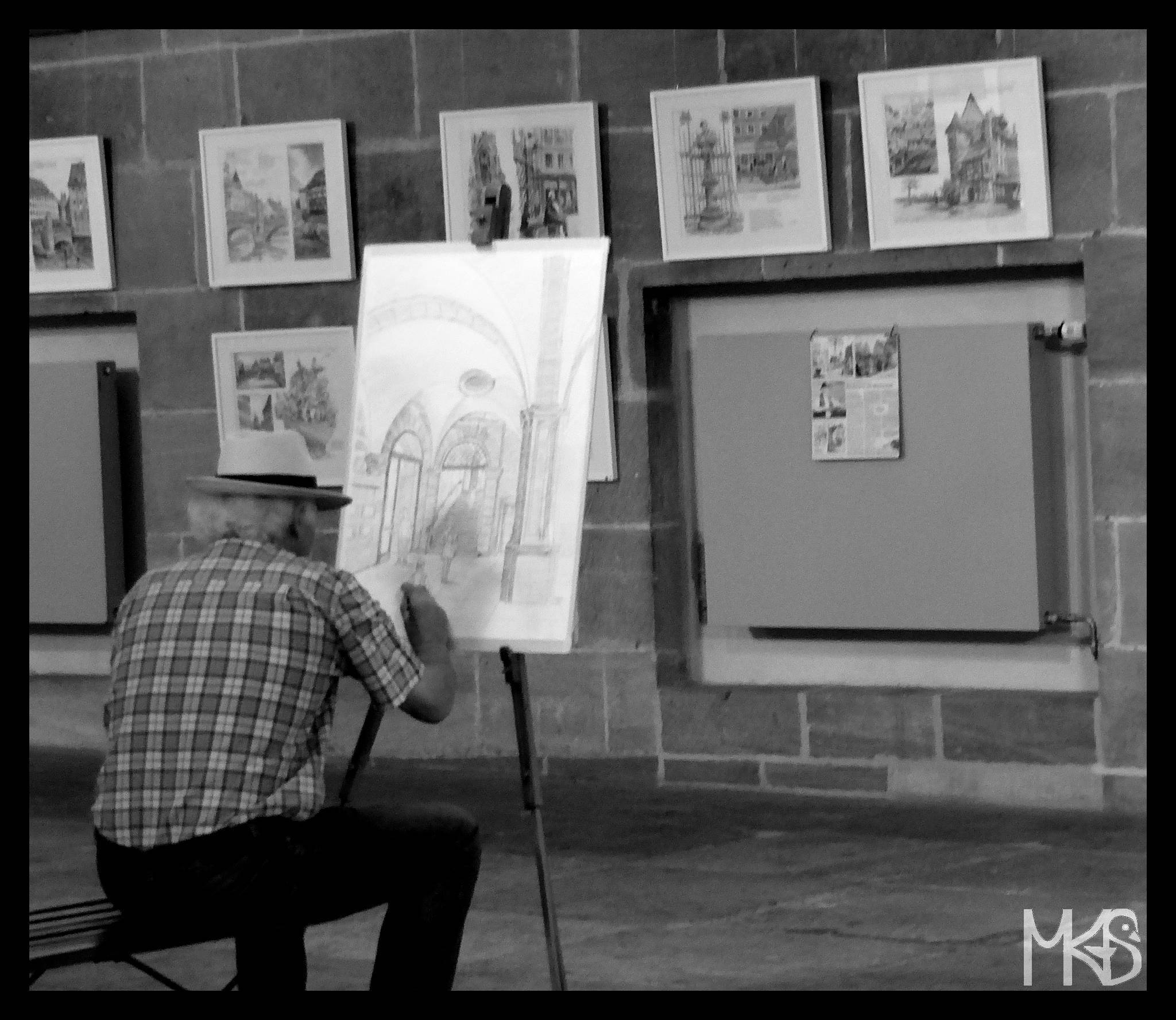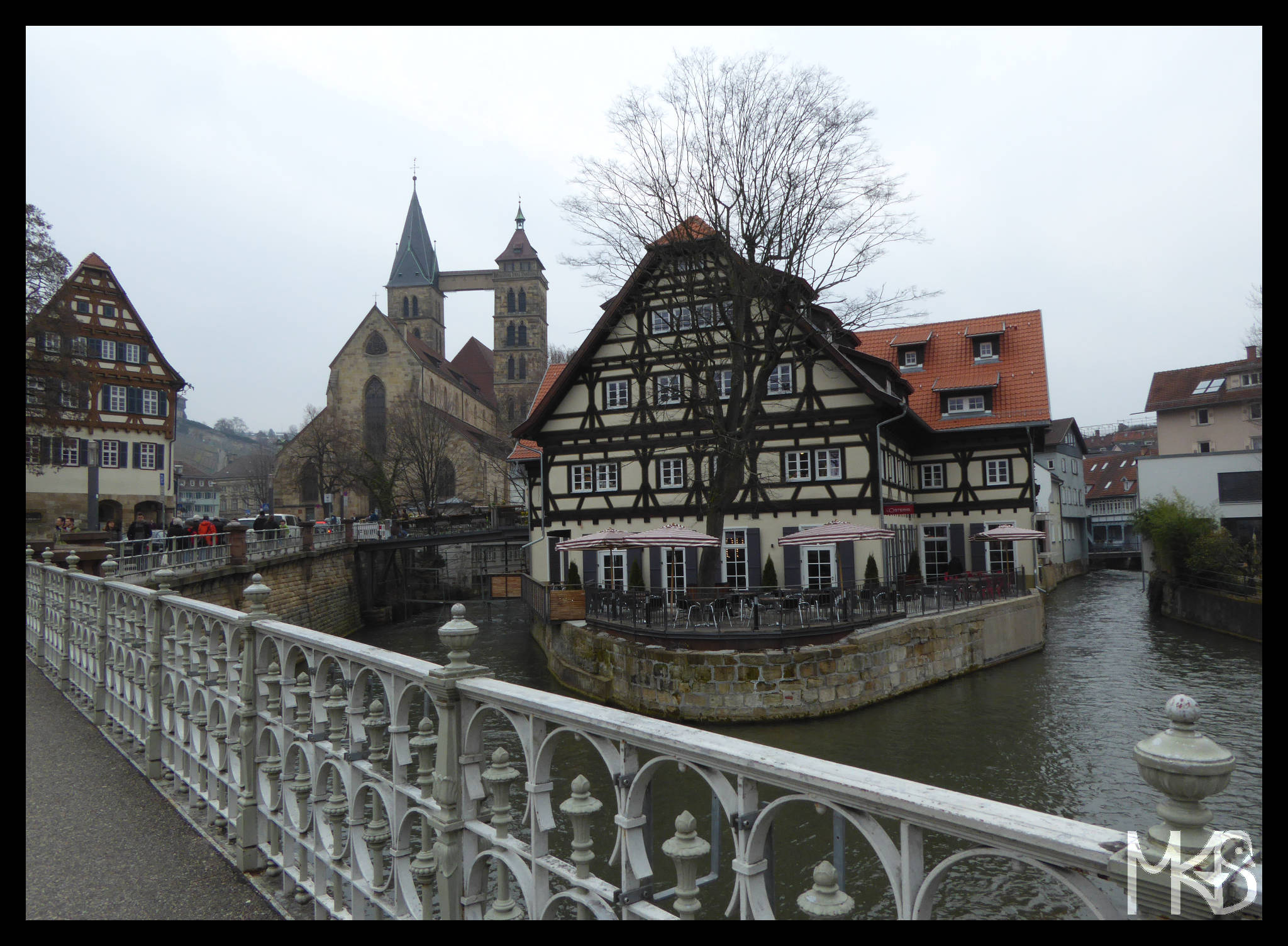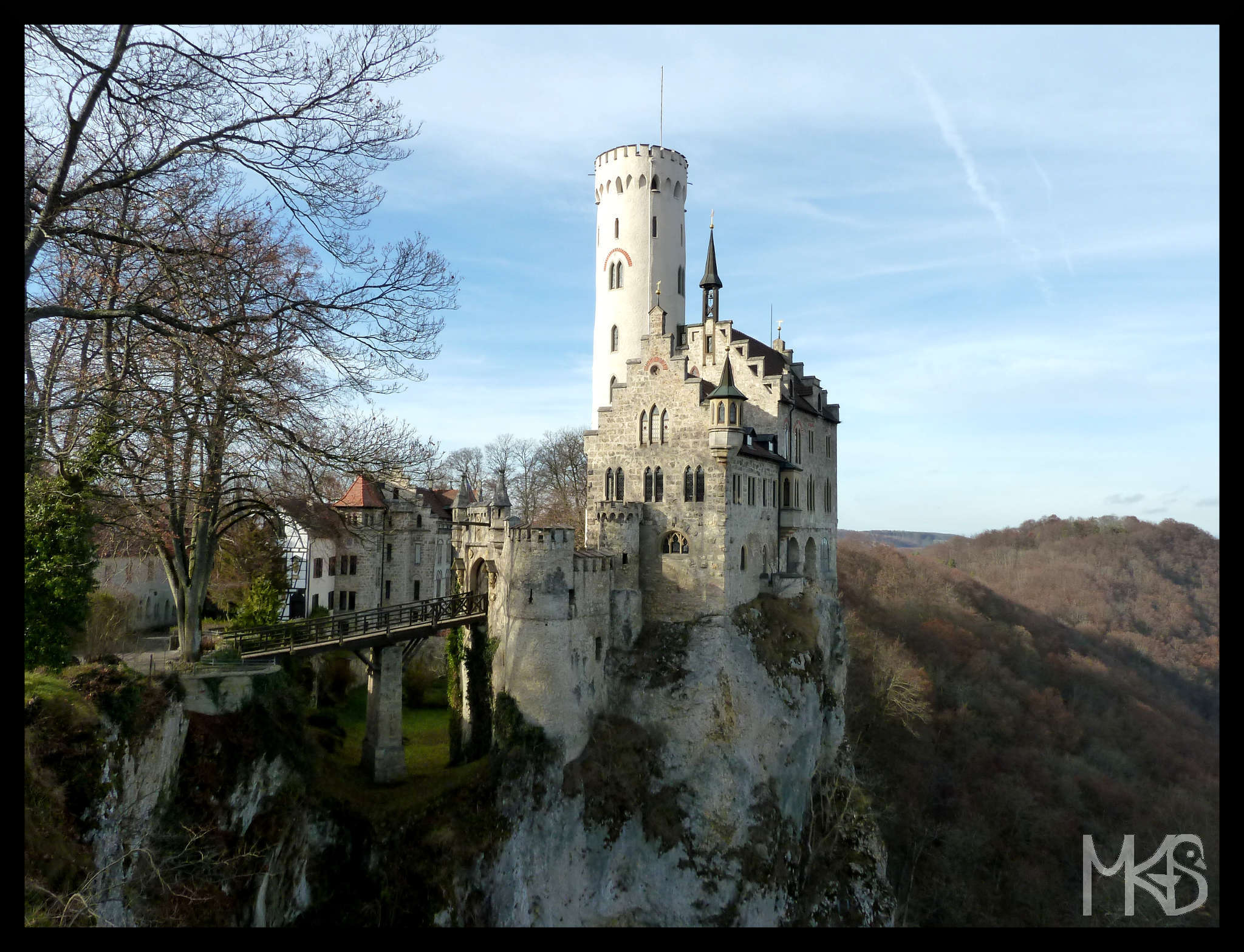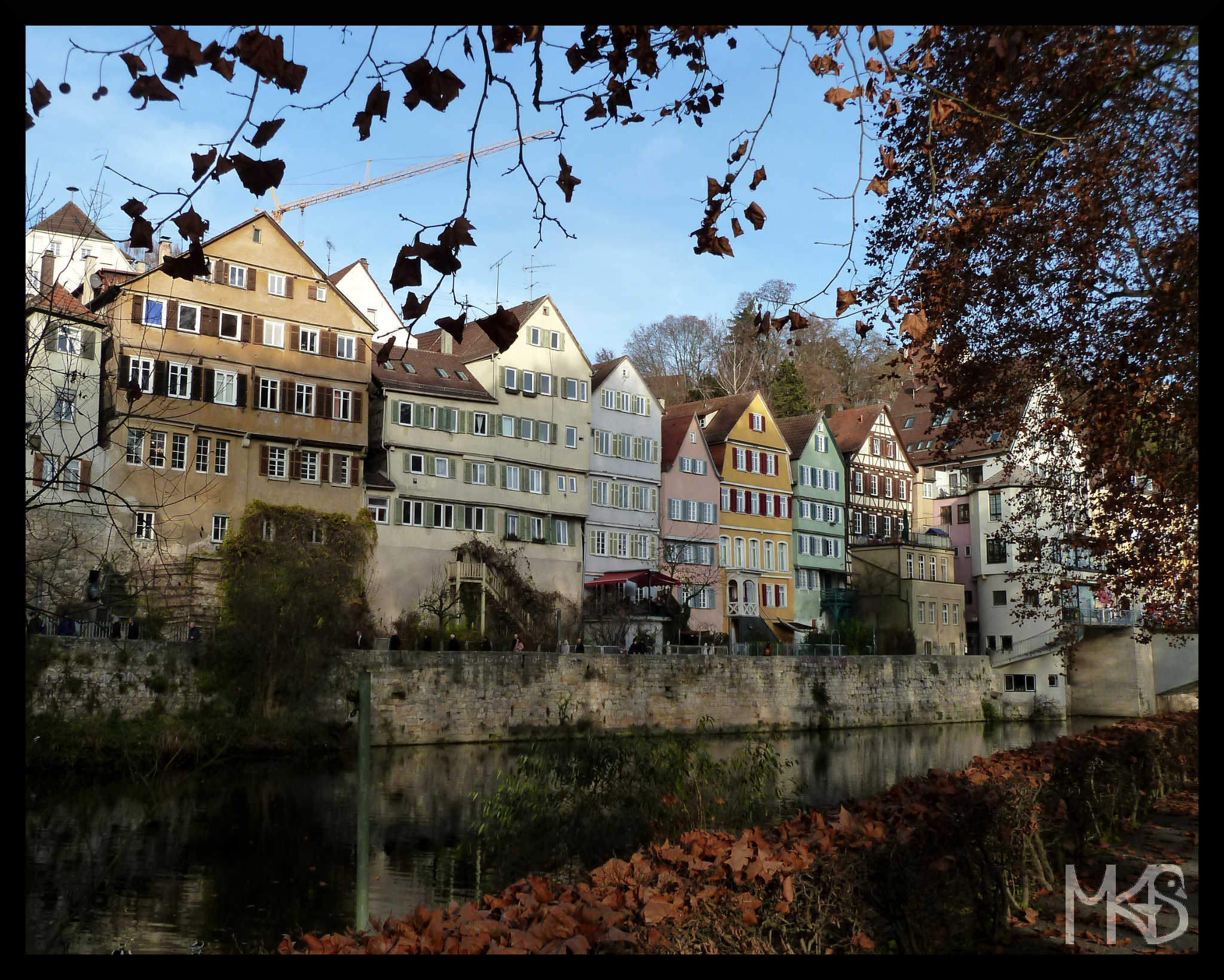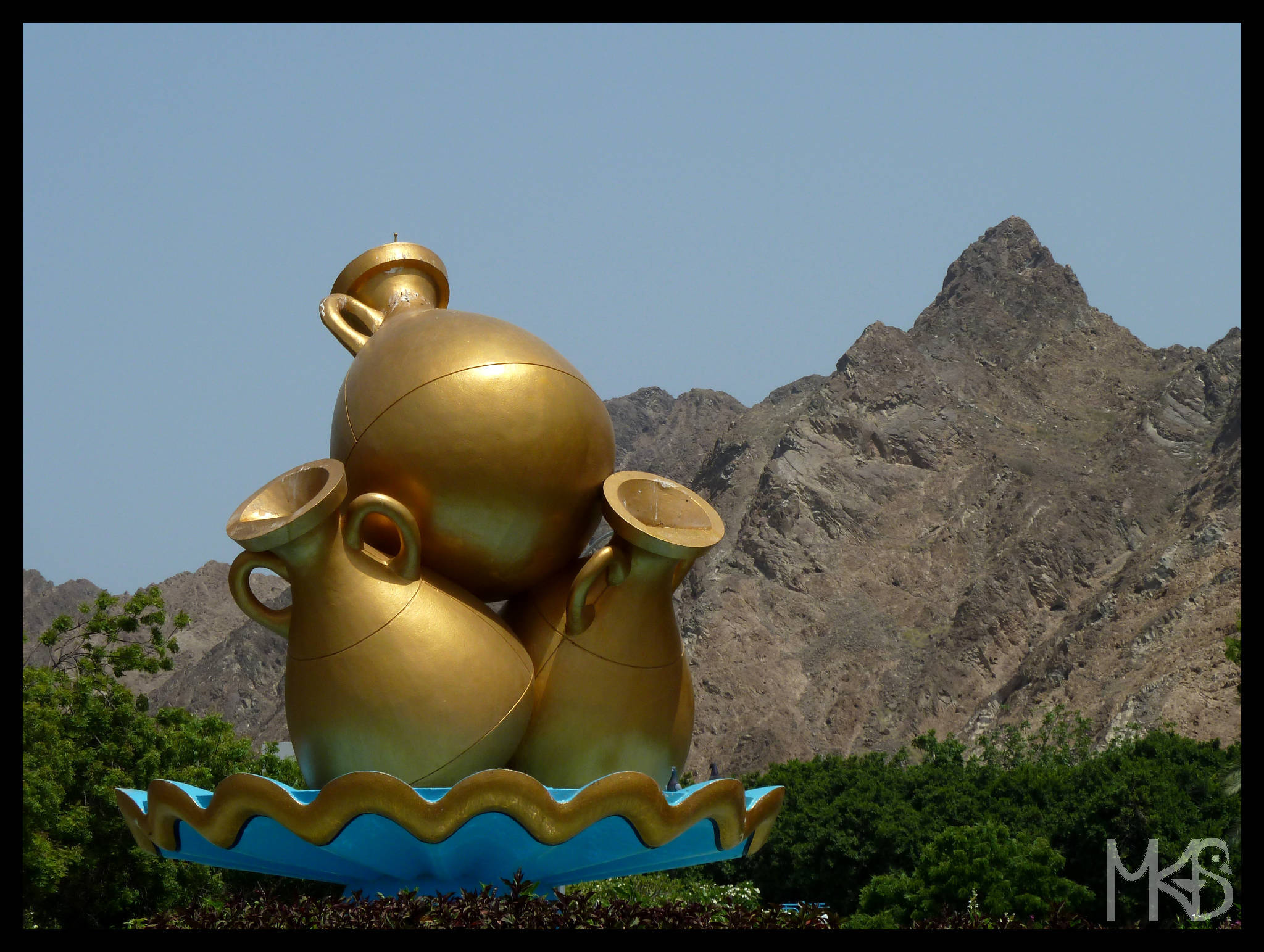
Oman has one of the hottest climates in the world, and receives little rainfall; in mountain area there is a bit different climate with more rain.
But in general temperatures around 50 C (120 F) in a hot season (from May to September) are not unusual.
So I wasn’t surprised to see in Oman many different jug monuments. At the end, who doesn’t dream about water when it’s so extremely hot? 🙂
__________________________________________________________
Klimat panujący w Omanie należy do jednych z najgorętszych na świecie, z małą ilością opadów. W górach sytuacja wygląda troszeczkę inaczej i tam pada deszcz od czasu do czasu. Jednak nikogo nie dziwią temperatury około 50 C występujące od maja do września.
Mnie natomiast nie zdziwiła duża ilość pomników przedstawiających rozmaite dzbanki, któż nie marzy o wodzie gdy panuje taki skwar? 🙂


